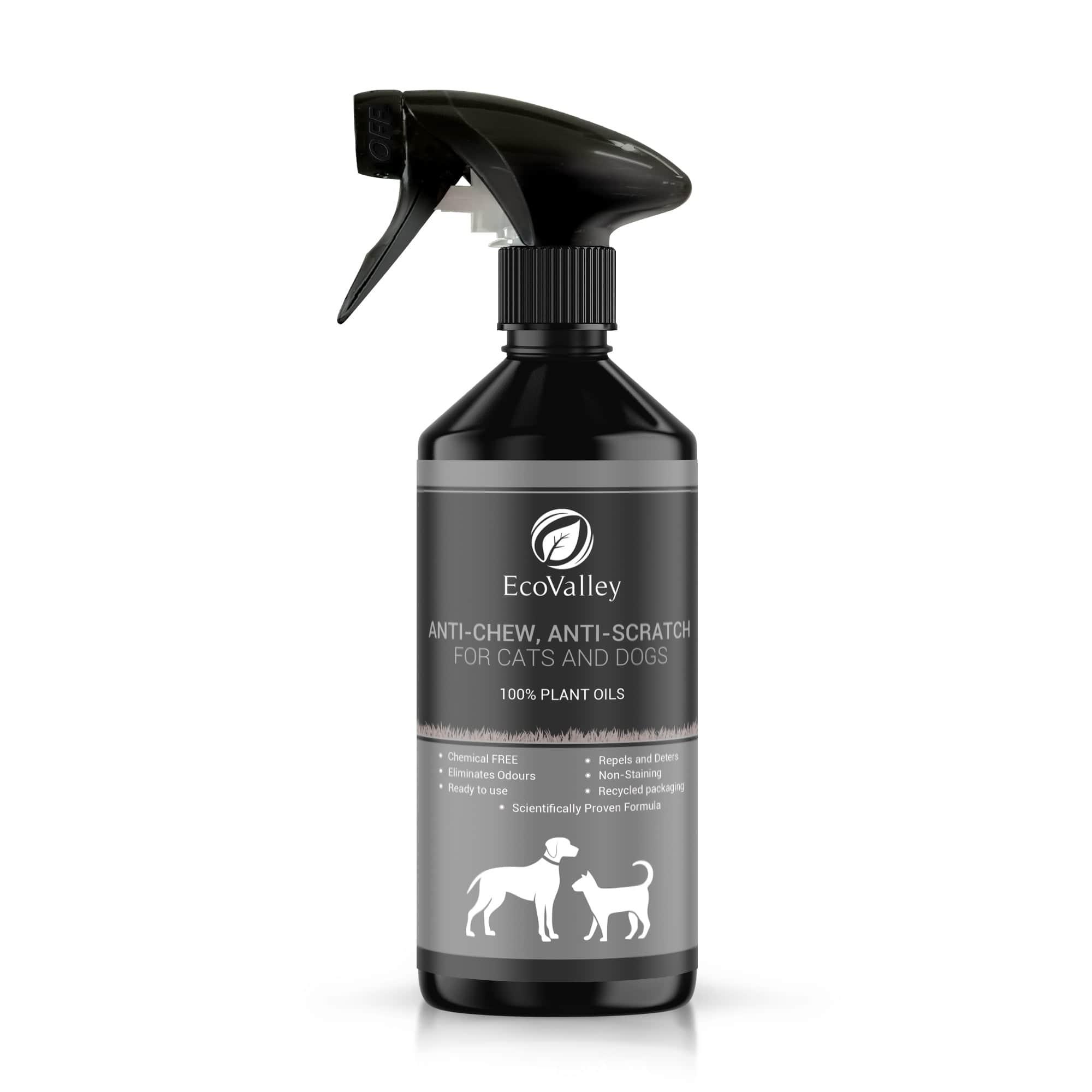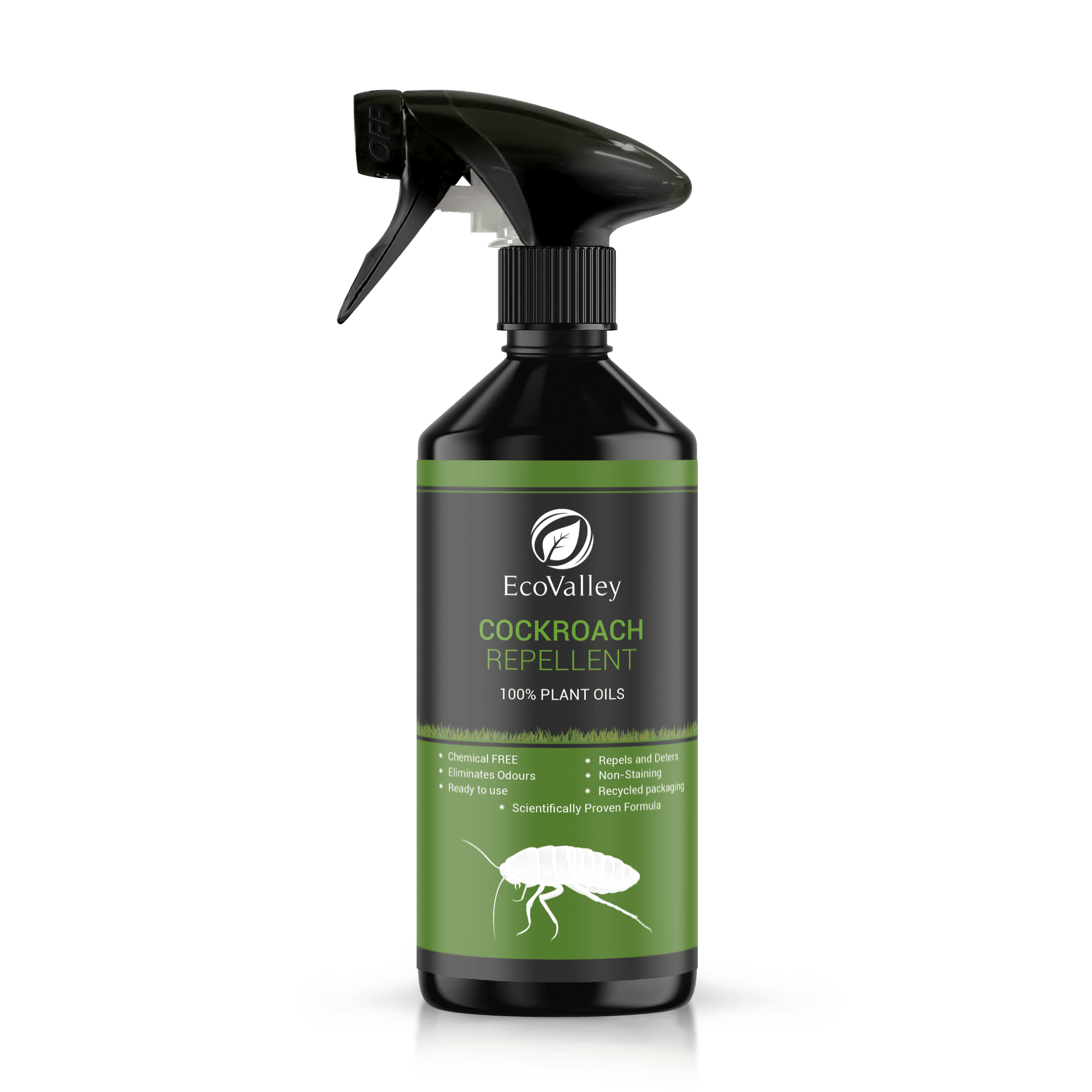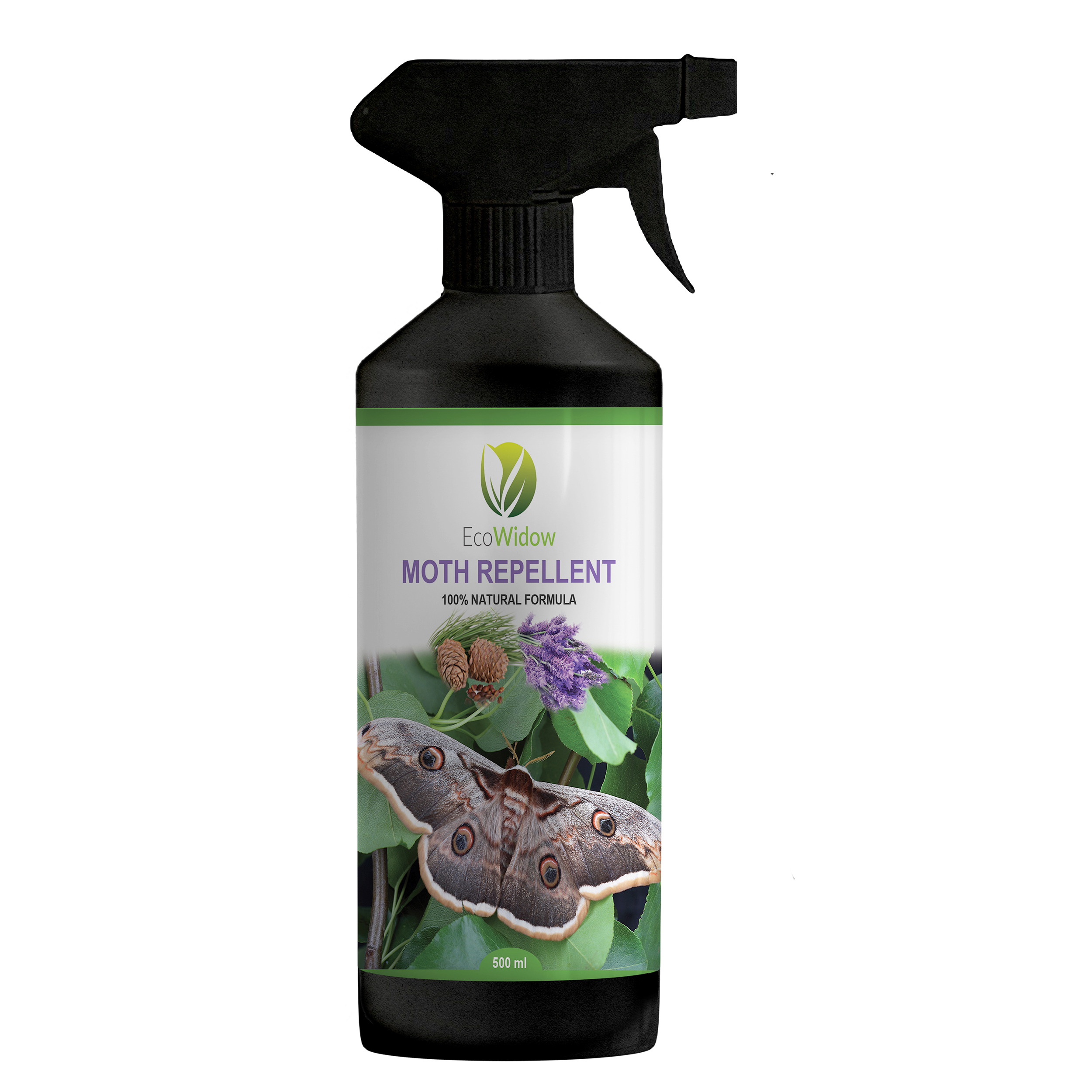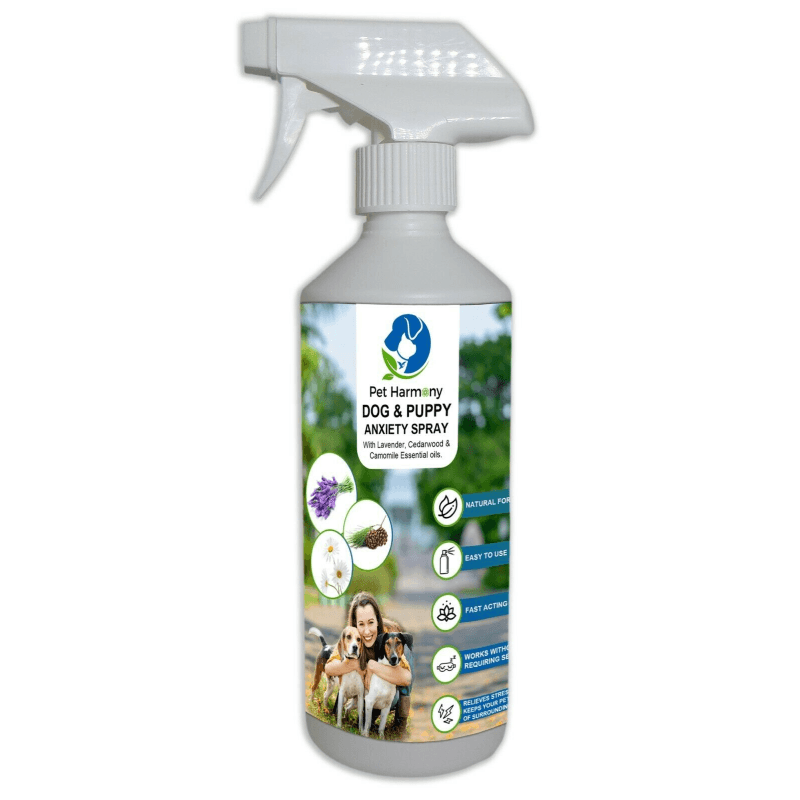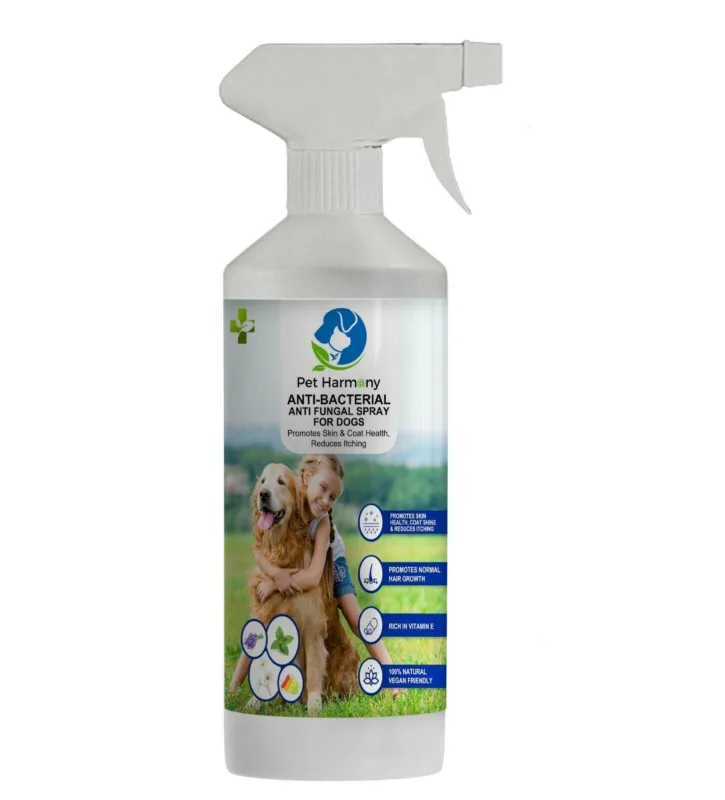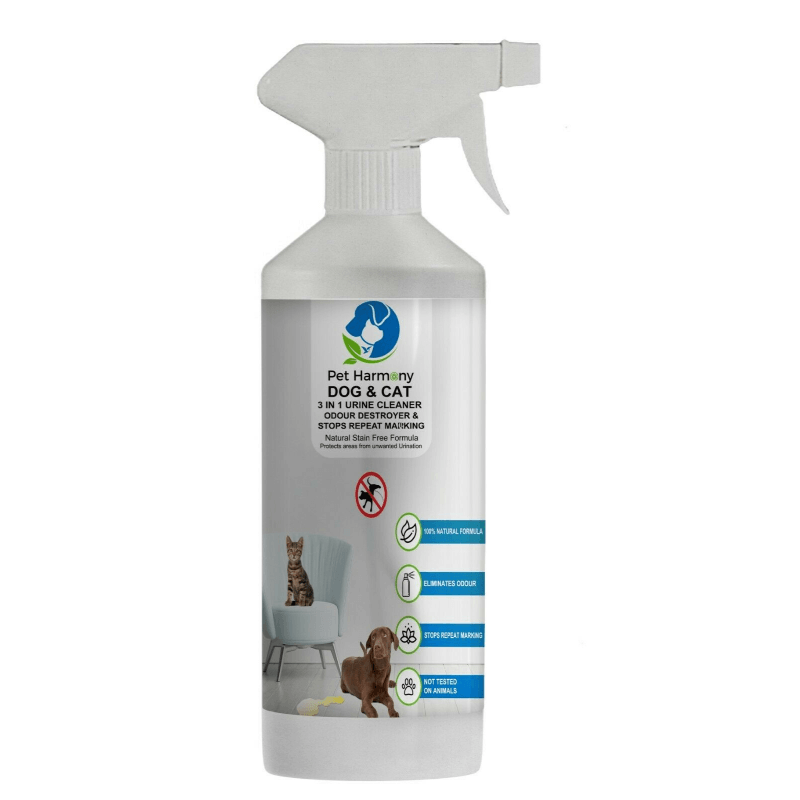Dogs can become anxious for various reasons. One common cause is separation anxiety. Other causes include car-ride anxiety and changes to the routine. Listed below are some tips on dealing with your dog’s anxiety. Listen to “With A Dog” podcast episode 234 to learn more. You can also subscribe to Isabella’s newsletter to stay updated with her latest podcast episodes. The show is free to listen to!
Separation anxiety
What triggers dog separation anxiety? Treatment will depend on the cause and clinical signs of separation anxiety. Some of these can be caused by underlying medical conditions that should be treated first. If the problem is excessive anxiety or fear, veterinarians can prescribe anti-anxiety medications or calming aids. Some veterinarians will recommend crate training. While crate training is not always practical, creating a secure, safe place for your dog while you are away is critical for your pet’s health and well-being.
Treatment options for separation anxiety vary widely. While behavioral modifications can be effective, medical interventions can be costly and take months. The primary goal of treating separation anxiety is to teach your dog to be relaxed and comfortable alone. Treatment for separation anxiety involves an effective management plan to address the root causes of stress and promote healthier responses. Listed below are some ways to help your dog cope with separation anxiety. You can start by establishing a routine for your dog.
Car-ride anxiety
One of the most common causes of car-ride anxiety in dogs is motion sickness, especially in puppies. These creatures’ underdeveloped ears don’t regulate balance well, so they become prone to motion sickness. Although most pups outgrow this condition, it can be a triggering factor for anxiety. To minimize the chances of your dog experiencing motion sickness, always leave them in the car’s front seat facing the front window. If necessary, use a doggy seat belt to keep them secure.
The causes of car-ride anxiety vary among dogs, but it’s generally related to motion sickness. For example, a dog that has never ridden in a car may associate the experience with a dreaded visit to the vet. Depending on the cause of your dog’s anxiety, the treatment plan may include medication and behavioral modification. Fortunately, many of these causes can be successfully addressed.

Specific-stimulus anxiety
The symptoms of specific-stimulus anxiety in dogs are akin to those of humans with a phobia. The pet will tend to hide near its owner, tremble, shake, and drool. He may even try to flee and may do extensive damage. It may be challenging to find a cause for this condition, but a lightning strike or severe storm are likely inciting factors. A genetic predisposition to anxiety may also be a cause.
Certain types of stimuli can trigger specific-stimulus anxiety in dogs. Some dogs fear thunder and fireworks, which have a significant fear response in 49% of cases. Other stimuli can trigger specific-stimulus anxiety in dogs, such as dishwashers, ceiling fans, plastic garbage bags, and home alarms. If your dog is frightened by loud noises, a treatment involving audiovisual and tactile stimulation may be the best option.
Changes in routine
Many dogs can experience a high level of anxiety when exposed to changes in routine. There are many ways to reduce your dog’s anxiety level, but recognizing what triggers your pet’s stress is a significant step. To help your dog cope with changes, you can try exposing him to these triggers by walking around the house holding your keys for a minute or two. Repeat this exercise several times a day.
Changing your dog’s routine is extremely difficult for dogs who are used to being around people. They may whine and whimper when you leave, but an actual anxious episode will last and be dangerous for your pet’s mental and physical health. Some dogs have little or no anxiety when it comes to changes, while others can be severely affected by the stress caused by them. Whether or not your dog experiences separation anxiety is a personal decision for each dog, but making your best efforts to reduce your dog’s stress level will help him cope with the stressor.

Changes in environment
Dogs are naturally fearful of loud noises and events. Over time, they begin to associate low-level noises with more audible events. This can lead to problems with your dog when he is accustomed to a particular environment and suddenly experiences a sudden change in that environment. Other environmental triggers of dog anxiety include unfamiliar places and people, loud noises, and new objects or surfaces. In addition to a new environment, your dog may be anxious when you change work hours or move houses.
One study showed that change in daily exercise level was the most significant environmental factor in predicting separation anxiety. Dogs suffering from separation anxiety exercised significantly less than those with no separation anxiety. They also differed substantially between solely fearful dogs and those without any symptoms. The daily exercise consisted of the number of minutes of walking each day and the type of exercise. Although these two variables did not show a significant correlation, they were associated with the occurrence of anxiety-related behaviors in dogs.
Exercise
Exercising can relieve anxiety in dogs. It helps them release pent-up energy, which can otherwise be spent on destructive behaviors. Exercise also releases endorphins, which combat stress at the source. In addition to physical stimulation, it’s a great bonding experience. And it’s good for both you and your pet! Whether it’s a brisk walk or a spin class, regular exercise will help calm your dog down and ease your worries.
You can train your dog to tolerate separation anxiety by limiting the amount of time he spends alone. During treatment, make sure your dog does not spend long periods in unfamiliar places, such as in a car or a kennel. Try walking your dog with you when you leave the house. Try to distract him with other things he would rather be doing, such as chewing on a bone or a ball. If your dog gets too nervous, you can give him prescription medications to help him cope with his condition.
Pet Harmony Natural Dog Anxiety Spray
Do you worry about your dog’s anxiety? If so, you’re not alone. According to the ASPCA, as many as one in four American households has a dog that suffers from stress or fear. More and more people are turning to natural remedies like pet harmony anxiety spray to help their furry friends get relief. This spray is made from essential oils that work together to soothe and relax your dog. Put a few sprays on your hand and rub them into your dog’s coat before leaving the house.
Conclusion
In conclusion, many things can trigger dog anxiety. Some of these include loud noises, unfamiliar environments, and changes in routine. If your dog is experiencing anxiety, it is essential to identify the cause and work to mitigate it. You can also talk to your veterinarian about possible medications or supplements that can help.



